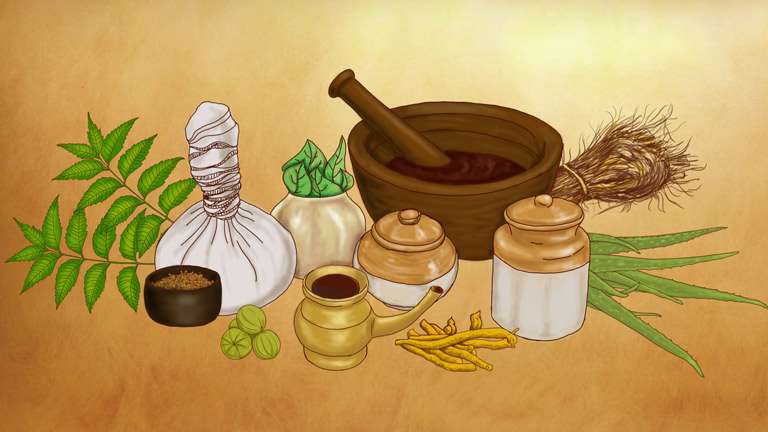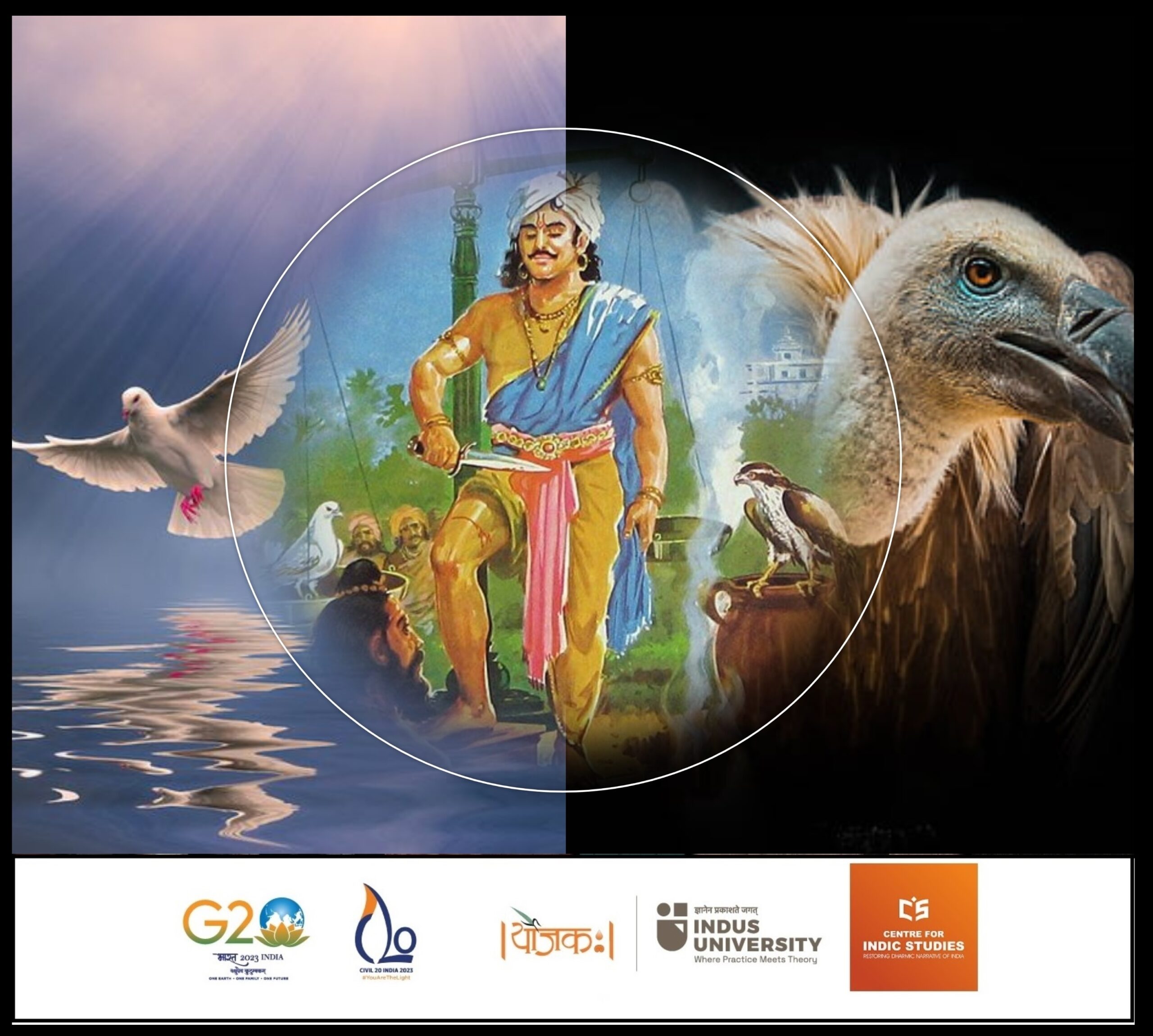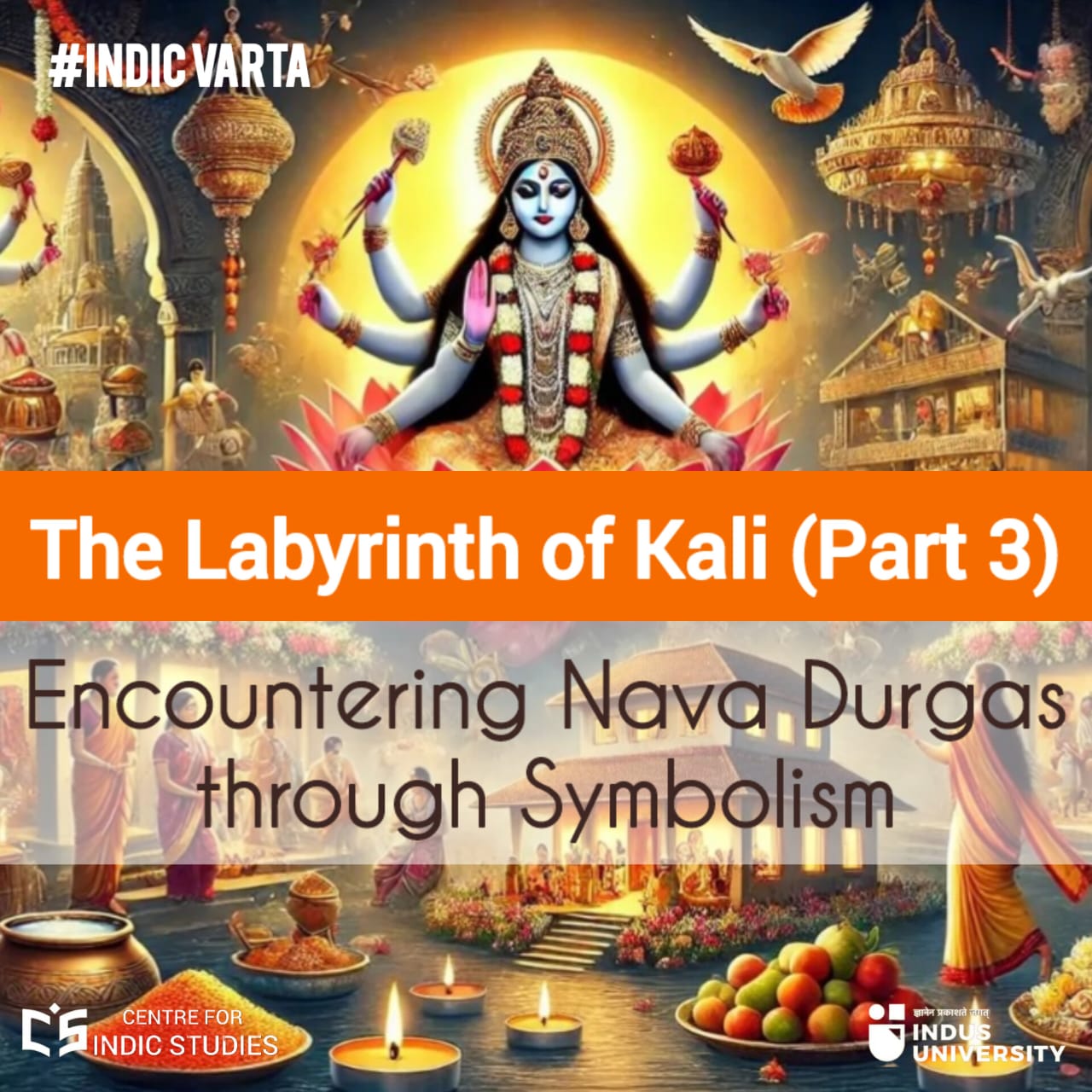- Visitor:20
- Published on:
“Intuition and Reason”. Ayurveda Knowledge System – 4
In this article, P.Ram Manohar explains that Ayurvedic treatment is a carefully thought out design to skilfully control the opposing factors that work behind a disease so as to favorably influence the attempts to restore health and well-being.

Harnessing the Rational Mind with the Memory of Intuitive Experiences
Ayurveda is a smrti (memory) according to tradition. Brahma is said to have recollected the knowledge of Ayurveda and promulgated it. This legend is a pointer to the fact that the foundation of the teachings of Ayurveda constitutes intuitive experiences which are not so easy to access by even Brahma, let alone ordinary individuals. Therefore, constant effort is to be taken to preserve the memory and understanding of the intuitive insights on which the edifice of the theory and practice of Ayurveda has been erected. The method of Ayurveda lies in the use of the rational mind with the vibrant memory of intuitive experiences. Experiences encountered in altered modes of consciousness serve as the backdrop on which rationality stages a powerful appearance. Even the approach to preserve the memory of intuition is an extremely rational process.
The teachings are studied very carefully by deciphering the meaning word by word. Grammatical and philosophical techniques are employed to differentiate the import of words with multiple meanings. Sakti graha (extracting the power of a word) includes 22 techniques to decipher the meaning of difficult words. Further elaboration and interpretation of the teachings exercising caution to prevent distortion of original ideas involves the application of nearly 100 techniques classified under five categories called tantra gunas that brings out the technical sense of the classical writings in a very effective way.
The modalities of sensory perception are thoroughly explored and its limits well defined. Valid sensory perception is the basis of inference, which is resorted to when the object of study is not completely visible at the sensory realm. Inference explores the relationship between a visible object and an invisible object to predict behavior of phenomena. Inference has a very important role in diagnosis of disease. An inference is possible when two objects or phenomena are related in an exclusive (ayutasiddhatva)manner. Exclusivity demands that the objects or phenomena under observation should not have any relationship with another object or phenomena that is outside the scope of the study. Consistency demands that the relationship between objects and phenomena should remain constant and should be always available for observation. Inseparability demands that the objects or phenomena under study should be totally dependent on each other. If these conditions are fulfilled, then inference is possible.
In other words, inference is the study of the relationship between the marker (linga) and the marked (lingi). So much does inference find application in Ayurveda that it is called as the science of marks (laksana) itself. The texts devote a lot of energy to point out the necessity to differentiate between true and false markers. Fallacies of marking (hetvabhasa) is a subject in itself.
Ayurveda strongly advocates a rational approach to healing and insists that a cause and effect relationship exists in the natural world. There is a cause for everything, the Caraka-Samhita declares, and the proper understanding of cause and effect relationships empowers the physician to work on diseased states and to restore health.
The rational mind cannot comprehend in totality the sum of these complex causal relationship. The rational mind is inconclusive although it can focus clearly on specific areas. It, has to keep changing its premises because the knowledge it acquires is incomplete. It, however, becomes a powerful tool when brought under the sway of the intuitive mind, which can grasp the complexities of nature of totality. As a knowledge system. Ayurveda seeks to harness the rational mind while being grounded in the memory of intuitive experiences.
Developing the Skill to Manipulate Experiences
Ayurveda differentiates not only between experience and understanding but also emphasizes the need to develop the skill to manipulate events that make experiences. It will not be wrong to say that the level of tattva correspond to experience, the level of sastra to understanding and the level of vyavahara to manipulation.
With a practical outlook, Ayurveda points out that it is not possible to manipulate experiences with the tools of direct perception, inference and verbal testimony. These tools give only understanding and experience but not the ability to change the course of experiences. It is one thing to understand the cause and progress of a disease and another thing to be able to do something to reverse it. Ayurveda has made a unique contribution to Indian epistemology by introduction yukti as a pramana or tool of knowledge. Yukti is the perception of multiple factors involved in the experience of an event.
Control of these factors help to modify the event and change the experience. Yukti posits that every event takes place by the interplay of a multiplicity of opposing factors. By manipulating these factors, an event can be controlled. Direct perception, inference and verbal testimony should be extended to the realm of yukti so that operational protocols can be developed to modify the disease process and restore health.
Ayurvedic treatment is actually a carefully thought out design to skillfully control the opposing factors that work behind a disease so as to favorably influence the attempts to restore health and well-being. The classical teachings therefore emphasize the need to go beyond understanding and experience to the realms of skillful manipulation of events. The physician who has this ability is superior to one who has merely an experiential understanding of its teachings. Ayurveda proclaims that it is based on yukti(yuktivyapasraya), and that success rests on the ability to control and modify events that can alter the course of a disease. To sum up, yukti enables the physician to thoroughly identity the favorable and unfavorable factors that operate to cause a disease with a focus on the details. The physician weighs the pros and cons to decide which factors should be controlled to re-establish health.
Ayurveda differentiates the role of medical intervention and other chance factors that may become instrumental in curing a disease. The texts point out that there are diseases which get cured without the help of any medicines, those that get cured with the help of medical intervention and those that do not get cured in spite of treatment.
The physician is exhorted not to assume erroneously to have cured a self-limiting disease. Every single treatment should be subjected to analysis and rational enquiry to lay bare the factors that may have operated to reverse the disease process. A success that is not backed up with such a rational analysis is to be dismissed as accidental success.
It is pertinent to note that yukti is not mentioned as a pramana by any of the other classical knowledge systems of India. Even within the Ayurvedic tradition, only the school of general medicine embodied in the Caraka-Samhita has explicitly projected yukti as a pramana.
[Source: P. Ram Manohar, “Ayurveda as a Knowledge System” in Kapil Kapoor and Avadhesh Kumar Singh. eds., Indian Knowledge Systems. Vol.1, (Shimla: Indian Institute of Advanced Study, 2005), pp. 156-170]
Center for Indic Studies is now on Telegram. For regular updates on Indic Varta, Indic Talks and Indic Courses at CIS, please subscribe to our telegram channel !
- 10 min read
- 0
- 0








.jpg)

